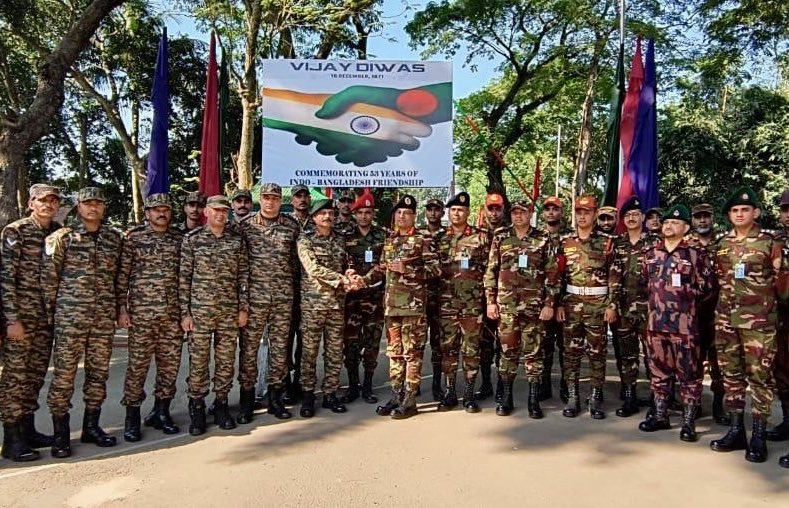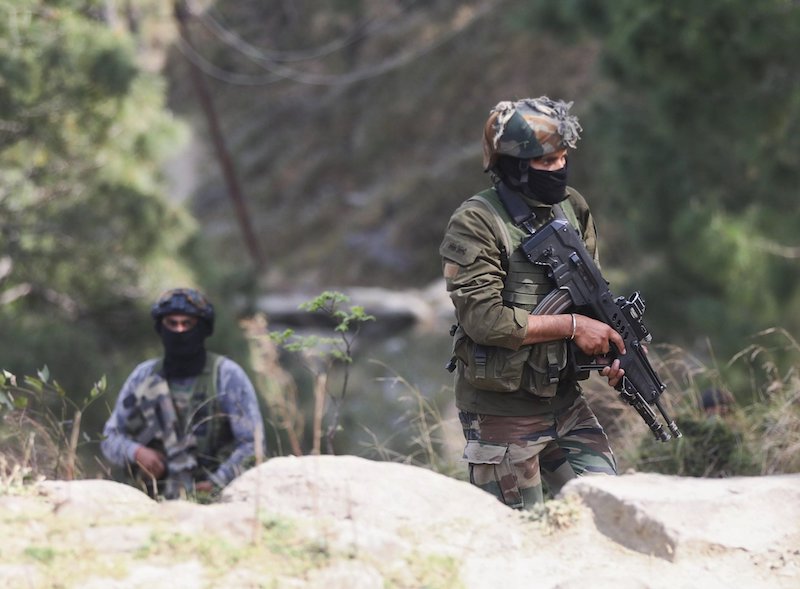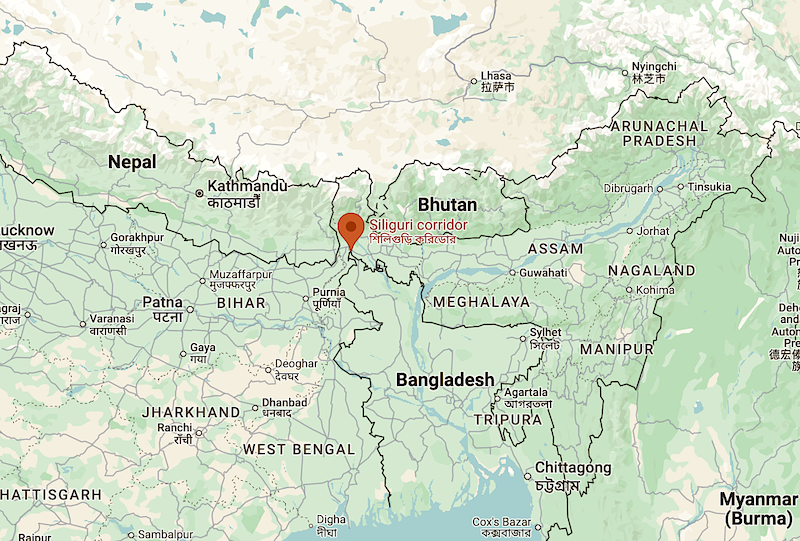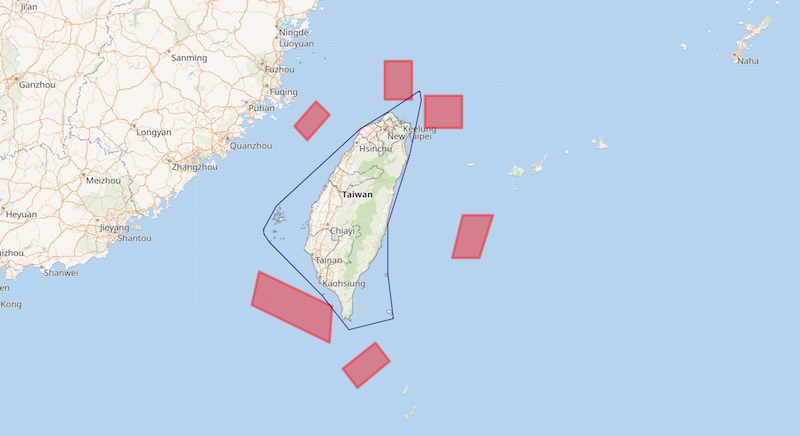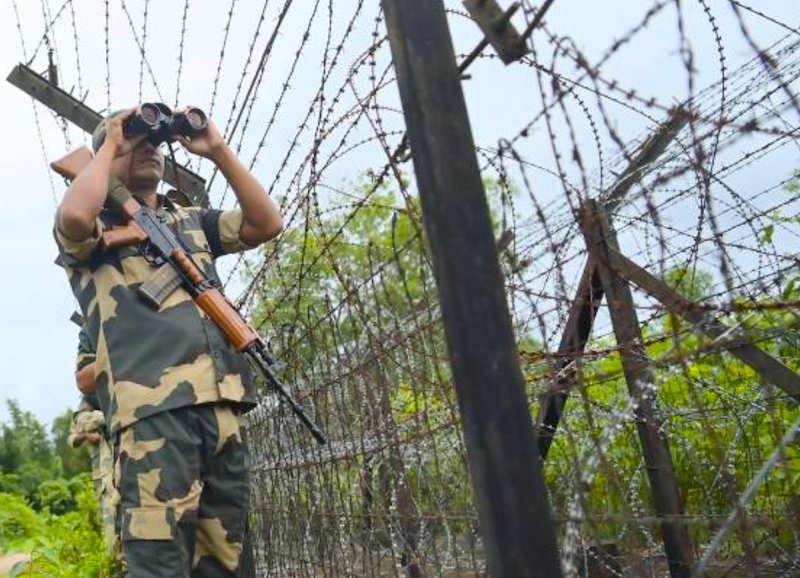 Security personnel in a Kashmir village during a cordon-and-search operation. (File photo)
Security personnel in a Kashmir village during a cordon-and-search operation. (File photo)
Earlier, the ongoing 35-year-long militancy, insurgency, and terrorism in Jammu & Kashmir was predominantly a Kashmir-centric phenomenon with sporadic attacks taking place in the Jammu region. Infiltration to sustain this Pakistan’s low-intensity proxy war through “stateless actors” with India has also been continuing for long through the international border (IB) and line of control (LoC).
In the recent past, the stateless actors’ cross-border sponsor, i.e., Pakistan military’s Inter-Services Intelligence (ISI), has strategically shifted its focus from Kashmir to the Jammu region, as evidenced by a spate of attacks on security forces and civilian targets in the region. Just from June this year, a dozen attacks have taken place in the Jammu region in Poonch, Rajouri, Reasi, Udhampur, and Doda, causing loss of life and property, instilling fear and safety concerns in the region.
Read also: Time to reanalyse, restrategize to counter J&K militant attacks
This spike in the attacks on security personnel, especially convoys carrying them, were not sudden or unplanned. The infiltration and subsequent spurt in militancy in the Jammu region is deliberate and well-planned. These attacks bear signatures of highly trained militants suspected to be regulars or retirees from the Pakistani army or a combination of small groups patterned on border action teams (BAT). The stealth and accuracy of these attacks also indicate that those executing them are well-versed with the terrain, topography, and domination pattern of security forces.
Knowledge of these aspects requires time, patience, and submergence with locals – a time-consuming process. The strategic planners across the border have invested time in planning these infiltration and attacks. The process involves the movement of these militants from their launch pads just across the LoC, infiltration into India-controlled territory in small groups, their subsequent movement to depth hideouts in the hills and/or caves in forested areas with the help of local guides, and finally the development of a network of overground workers for logistics and information for the execution of attacks.
An important aspect which stands out is the militants’ cultivation of local human intelligence to survive, sustain, and execute plans in an alien environment. The availability and effective utilization of human intelligence seem to be making the difference on the ground between militants and the security establishment.
Read also: Bringing Jammu & Kashmir out of the quagmire of militancy
The intelligence setup needs to remember the quote by John Sununu, who served as New Hampshire governor and White House chief of staff after the September 11, 2001, attacks. He said: “We will have to continue to improve our human intelligence system – something that was, unfortunately, lacking in the years which led to September 11. This is going to be a continuing process of change.”
Militancy in J&K, which gets its oxygen for sustenance through continuous infiltration, is a four-stage process.
In the first stage, infiltrators move from launch pads, converging at locations selected for infiltration close to the IB or the LoC. The second stage is to infiltrate through tunnels or conventional rivulets or nullahs, taking advantage of terrain and topography, defeating human and technological domination, and moving to depth areas (hinterland). The third stage is movement from the depth areas to hideouts with the help of local guides and/or overground workers, and the fourth stage is to lie low, gather information through an overground network of informers, and wait for an opportunity to strike.
An important aspect which emerges in the process is “human intelligence” or HUMINT. A successful four-stage process is not possible without hard HUMINT support. The cross-border operatives have been able to develop human intelligence and utilize it to execute plans to attack. The infiltration and attacks point to a lack of human intelligence with security forces in the four-stage spectrum of militant activity.
Read also: Implement professional protocol for top posts in border-guarding CAPFs
Therefore, there is a need for the security establishment to develop their own HUMINT to defeat militancy in J&K. Militants merge among the local population, and the only way to neutralize them is through effective physical domination aided by a robust HUMINT network. For example, every now and then, information comes through the media that militants are waiting at launchpads to infiltrate. However, thereafter, which route they take to the designated locations to infiltrate is, in all probability, remain unknown. If this information is available, it could lead to the neutralization of militants at the infiltration stage only by the Border Security Force or the Indian Army.
Therefore, intelligence agencies need to develop cross-border HUMINT for information on the movement of militants from launch pads to infiltration areas. The real-time HUMINT will help in bringing down infiltration to a very large extent, thus taming militancy at the budding stage.
It is not possible to put a full stop to infiltration without human and/or technical intelligence due to the difficult and hostile terrain in the Union territory, and sporadic incidents of infiltration cannot be ruled out. However, the second and third tiers of security should be able to locate them, ably aided by HUMINT. Once infiltrators manage to bypass or hoodwink all tiers of border and hinterland security and merge with the local population, it is very difficult to trace them without a strong presence of HUMINT footprints in depth areas among the local population.
Read also: Hamas attack on Israel – Lessons for India in border guarding
Therefore, as we can see, human intelligence is a must-have during all stages of militant action, starting from convergence in launchpads to infiltrate until actual execution of attack, to increase the probability of their neutralization.
We must remember that no militancy can be defeated without public support. Public support is the willingness of the public to voluntarily share information with security agencies. This willingness will come once security agencies are able to instil a sense of safety among the local population. For this, our security apparatus must strengthen the UT’s village defence committees (VDCs) and provide them with modern weapons. Priority should be given to the enrolment of ex-servicemen, ex-CAPF personnel, and police personnel in VDCs, and they should be inculcated as HUMINT sources.
Apart from this, intelligence agencies need to establish and expand the HUMINT network to get real-time information. This will not only thwart plans of militants and their cross-border handlers but also expose overground workers. This, in turn, will help the security forces in containing militancy to a large extent.
Read also: Bangladesh crisis: India’s security challenges, strategy to tackle them
It will be not only difficult but almost impossible to defeat infiltration and militancy without hard and real-time intelligence. The most appropriate and effective source for this purpose is human intelligence. The sharing of intelligence also needs to be decentralized for timely dissemination. The counterinsurgency grid also needs real-time cooperation and coordination between different security tiers and intelligence agencies.
Disclaimer: The views expressed in the article are the author’s own and don’t necessarily reflect the views of India Sentinels.
Follow us on social media for quick updates, new photos, videos, and more.
Twitter: https://twitter.com/indiasentinels
Facebook: https://facebook.com/indiasentinels
Instagram: https://instagram.com/indiasentinels
YouTube: https://youtube.com/indiasentinels
© India Sentinels 2024-25

